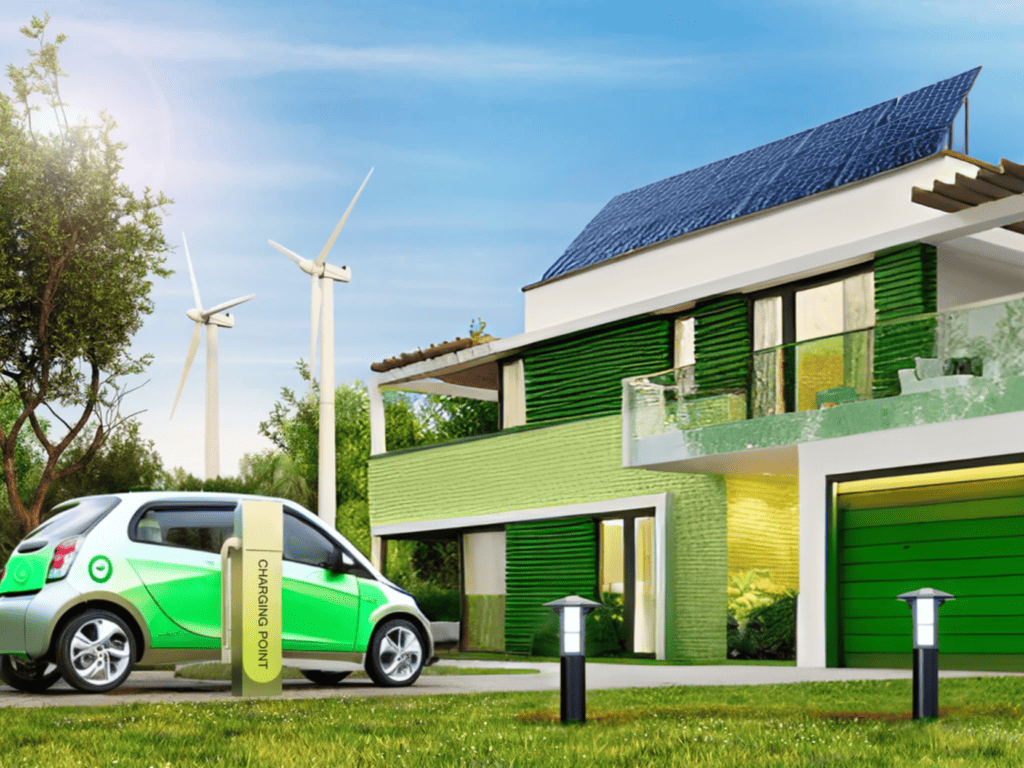In today’s eco-conscious world, designing a net zero home has become a top priority for many homeowners. A net zero home, often referred to as a zero-energy home, generates as much energy as it consumes, resulting in a minimal carbon footprint. If you’re passionate about sustainable living and want to create an energy-efficient haven, this comprehensive guide will walk you through the essential steps of designing your very own net zero home.
Step 1: Educate Yourself
Begin your journey by understanding the principles of net zero homes. Familiarize yourself with renewable energy sources such as solar panels, wind turbines, and geothermal systems. Explore energy-efficient appliances and materials that will contribute to your home’s sustainability.
Step 2: Location Matters
Choose an optimal location for your net zero home. Consider factors such as solar exposure, prevailing winds, and local climate patterns. Proper orientation and design can maximize natural light and minimize energy usage.
Step 3: Energy-Efficient Design
Collaborate with an architect experienced in green building practices. Implement passive solar design, high-quality insulation, and energy-efficient windows and doors. Proper sealing and insulation ensure your home retains heat in winter and stays cool in summer, reducing the need for excessive heating or cooling.
Step 4: Renewable Energy Sources
Incorporate renewable energy sources to power your home. Solar panels are a popular choice and can be installed on the roof or as ground-mounted arrays. Wind turbines and geothermal heat pumps are also viable options, depending on your location and budget.
Step 5: Energy-Efficient Appliances and Fixtures
Invest in ENERGY STAR-rated appliances, LED lighting, and low-flow fixtures. These upgrades significantly reduce electricity and water consumption, aligning with your net zero goals.
Step 6: Smart Home Technology
Integrate smart home technology to monitor and control your energy usage. Smart thermostats, lighting systems, and home automation tools enable you to optimize energy consumption, ensuring your home operates at peak efficiency.
Step 7: Water Conservation
Implement rainwater harvesting systems and consider greywater recycling. These techniques conserve water, minimize waste, and contribute to the overall sustainability of your net zero home.
Step 8: Regular Maintenance and Monitoring
Regularly maintain your home’s energy systems to ensure they operate efficiently. Monitor energy production and consumption to identify areas for improvement. Stay updated with the latest advancements in green technology to enhance your home’s performance over time.
Step 9: Educate Others
Share your knowledge and experiences with friends, family, and your community. Encourage others to embrace sustainable living and consider designing their net zero homes.
By following these steps and embracing a commitment to sustainable living, you can design a net zero home that not only benefits the environment but also provides a comfortable, energy-efficient, and eco-friendly living space for you and your family. Start your journey today and be a part of the green revolution!


